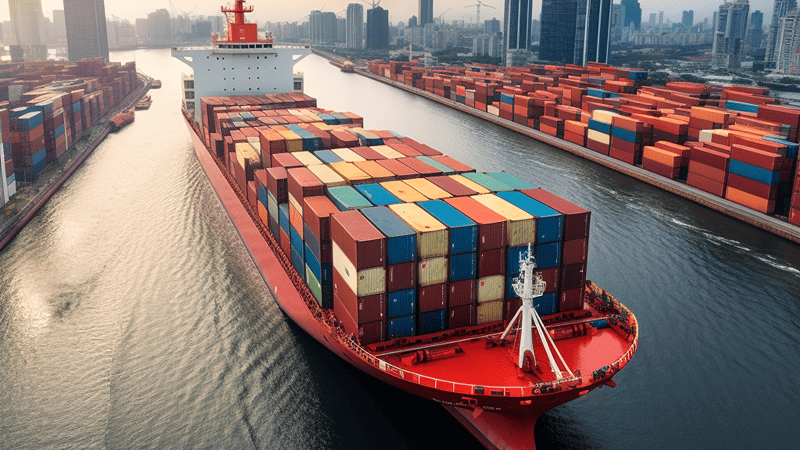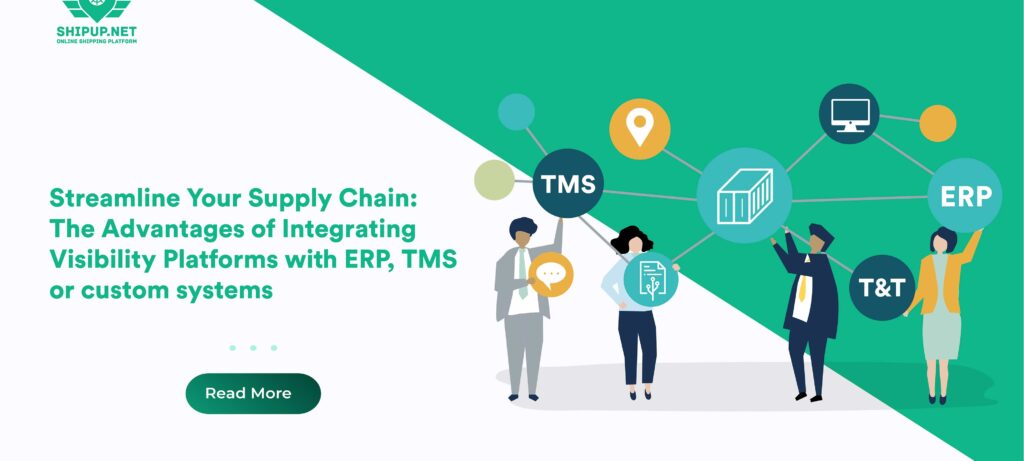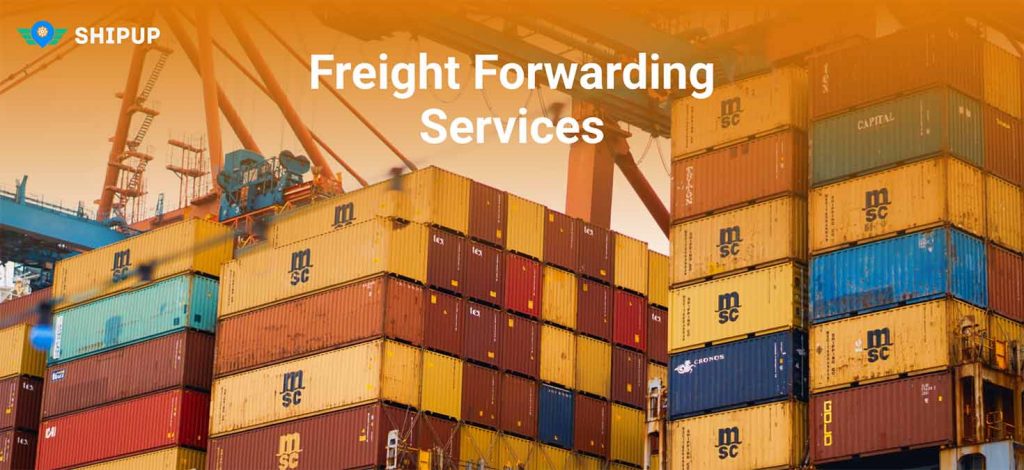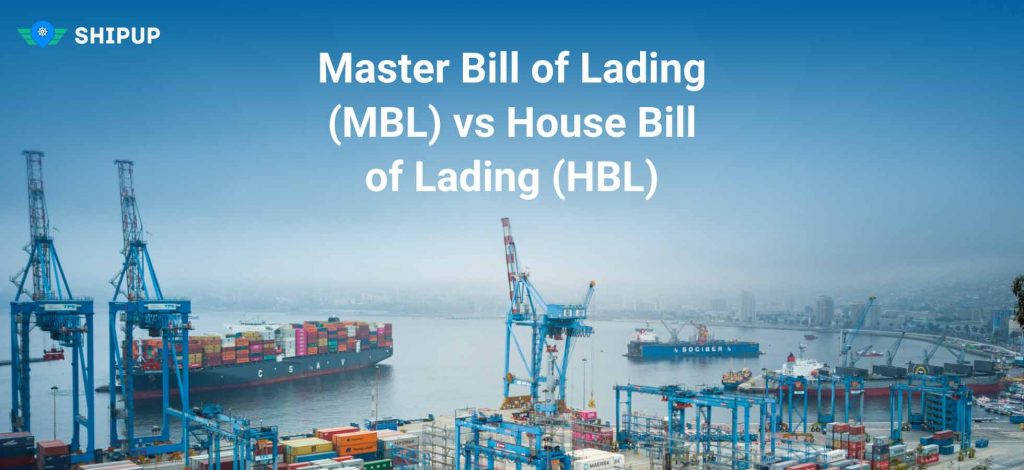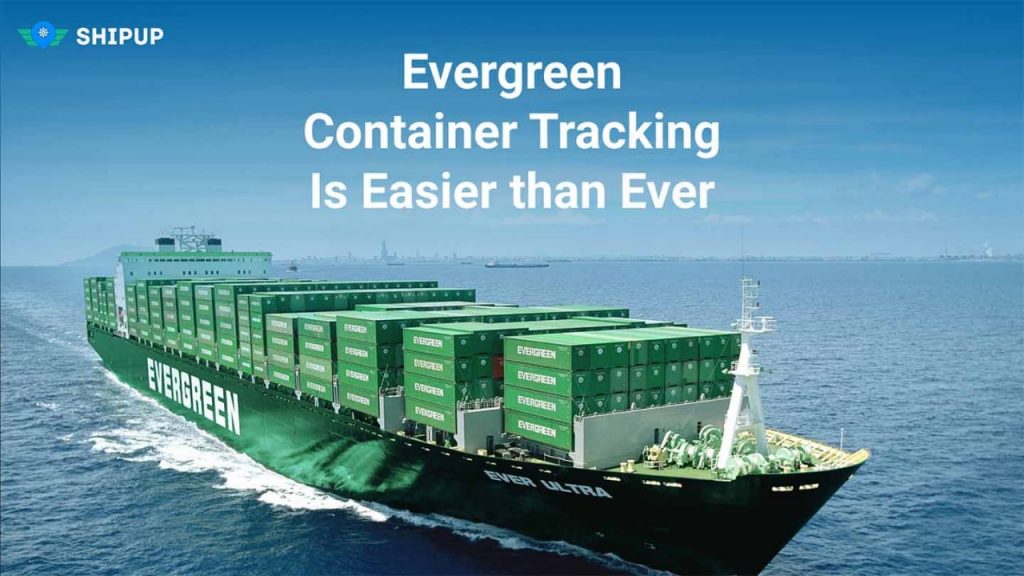Port tracking refers to the systematic monitoring and management of cargo, vessels, and related activities within a port or harbor. The primary objective of port tracking is to provide real-time visibility into the movement and status of shipments, enhancing operational efficiency and reducing the risk of delays or errors in the supply chain.
Tracking Services
Optimizing Shipment Visibility Solutions: Best Practices for Success
The ability to track shipments in real-time, monitor container status, and have visibility into port and terminal activities provides organizations with the necessary insights to make informed decisions and optimize their operations. This is where shipment visibility solutions come into play, offering a comprehensive platform to enhance supply chain visibility and drive efficiency.
Streamline Your Supply Chain: The Advantages of Integrating Visibility Platforms with ERP, TMS or custom systems
While integrating a shipment visibility platform can bring many benefits, there are also some challenges to be aware of. For example, some businesses may struggle with the technical aspects of integration, or may face resistance from employees who are used to working with a different system
Sea Freight Tracking
Every container owner, importer, exporter or freight forwarder needs to track their sea freight shipment. Tracking shipments help the logistics manager to know about the prior status of the containers, the exact location on the ocean, and the estimated time of departure and arrival (ETD and ETA). Sea freight shipment tracking is time-consuming for every importer, exporter, freight forwarder and container owner.
